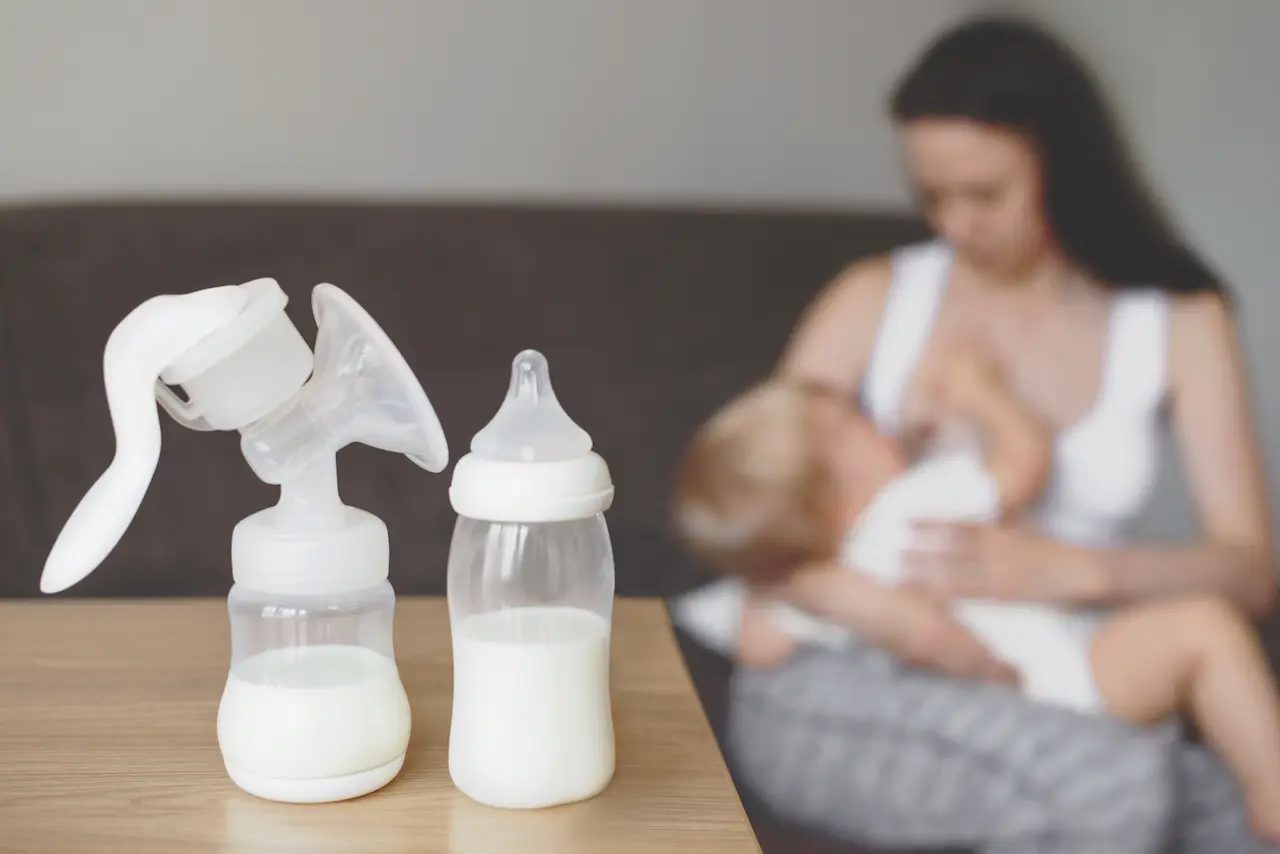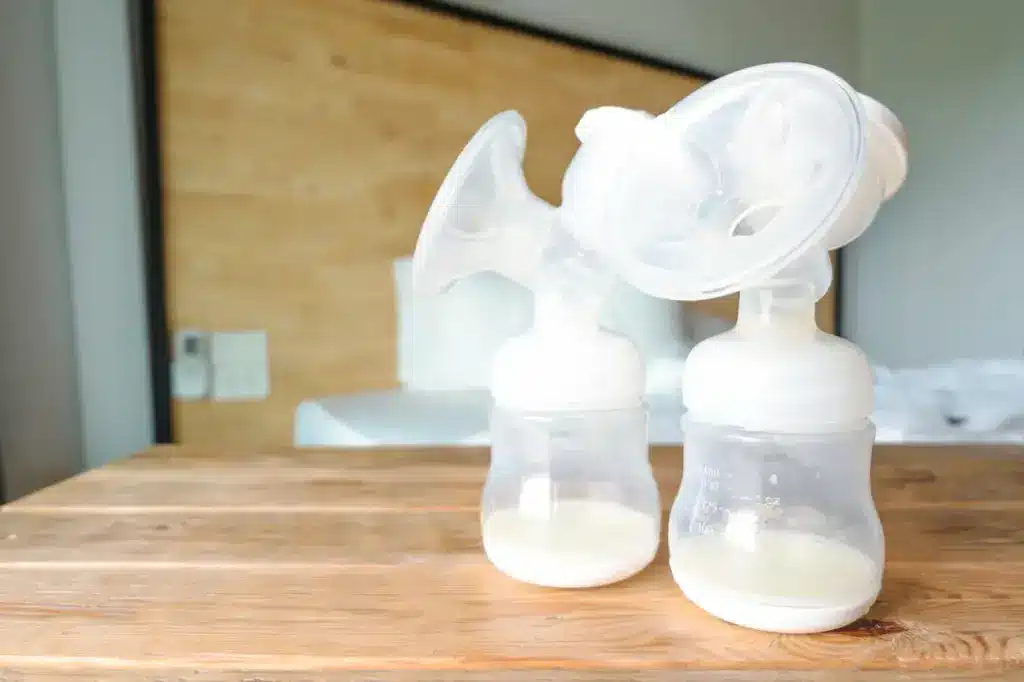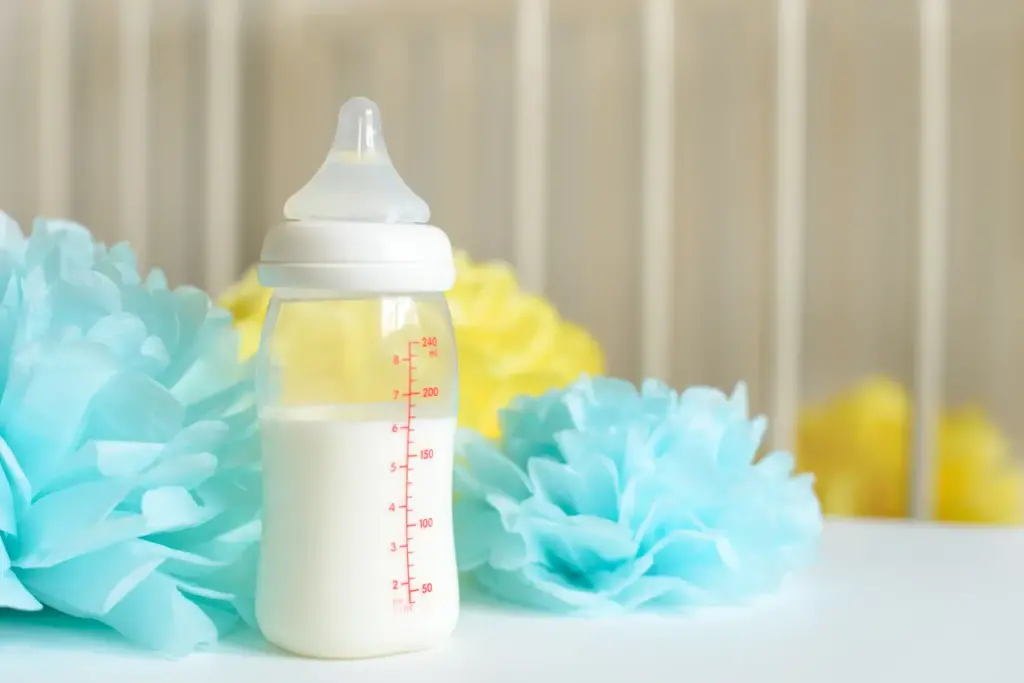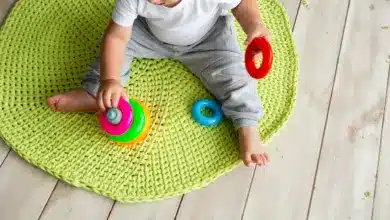Baby Feeding Chart
Baby Feeding Chart How much and when should you feed infants the First year
Baby Feeding Chart for Newborns and Babies
Parents often wonder if they are feeding their baby enough formula, solid foods, or breast milk. Babies need different amounts of food based on their weight, appetite and age. This can be confusing. Listen to your baby’s hunger cues and fullness signals to guide your feedings. Unless you’ve been told otherwise by your pediatrician, it’s important to listen to their needs.
Learn about the baby feeding guidelines for each age group. If you are still unsure, consult a pediatrician to get specific advice on how to feed your child from newborn to toddler.

Newborn and Baby Food Chart
The schedule for feeding your baby will vary depending on the weight, age and other factors. According to the American Academy of Pediatrics, babies should be given food when they appear hungry.
This happens a lot in the first few months when newborns are fed every two to three hours. After two months, infants will eat every three to four hours, and after six months, every four to five. The amounts of formula or breast milk that babies require at each feeding are listed below.
Feeding schedule for newborns
Breast milk or formula should provide all the calories and nutrition for newborns. This is a rough breakdown of newborn feeding habits.
Breast Milk
According to the American Academy of Pediatrics, most newborns consume 1 to 2 ounces of milk per feeding. This amount increases when your baby is 2 weeks old to 2 to 3 tablespoons of breast milk per feeding.
It’s easier to see the amount of milk that your baby consumes when you pump and bottle feed. But if you breastfeed, it’s more difficult. It’s okay.
You can gauge your baby’s intake by watching their output if they are nursing. If your baby wets their diapers two to three times per day during the first few days and five to six times after four or five days of age, you can be sure they are eating enough.
Formula
Formula-fed infants tend to eat every three to four hours and have a more predictable feeding schedule than nursing babies. Formula-fed babies tend to consume food every three to four hours and have a more predictable schedule.
Amy Lynn Stockhausen M.D. is an associate professor of pediatrics at the University of Wisconsin School of Medicine & Public Health. She recommends feeding your baby 2.5 ounces of infant formula for every pound of weight. It’s best to pay attention to your baby’s needs rather than giving them a set amount of formula.
If your baby doesn’t wake up to eat in the middle night during the first few weeks of life, you should awaken them. In the first few weeks following birth, AAP recommends that newborns are awakened to eat four to five sleep hours after they have been born.
The 1 to 3-month-old feeding schedule
What should a 3-month-old eat? What about babies that are 1 or 2 months of age? What to expect is that between 1 and 3 months, your baby will become more vocal and have a greater appetite. AAP states that a two-month-old baby eats 4 to 5 ounces of food every 3 to 4 hours.
You might consider formulas that contain 2′-FLHMO. These human milk-oligosaccharides can be found naturally in breast milk. Research has shown that they are a prebiotic and support gut health and immune development.
Some researchers believe combining infant formula and HMOs to supplement infant formula is a promising infant feeding innovation. The Food and Drug Administration has classified three HMOs including 2’FL as generally considered safe.

Four to six-month-old feeding schedule
According to the Centers for Disease Control and Prevention, most babies are ready for solids at around six months. Since every baby is different, the timeline may vary. How can you tell when your baby is ready?
When a baby is ready to eat solids, they will show signs such as:
- Grabbers: Master the skill
- Head and Neck Control
- The tongue-thrust reflex, which automatically pushes the food out of your mouth, is lost.
When introducing solids, aim to offer your baby between 1 and 2 tablespoons of food twice daily. Babies under 4 months old have not yet developed the necessary skills. You can introduce solids by offering your baby 1 to 2 teaspoons of food two times a day.
Before the age of twelve months, solid food should not replace breast milk or formula. Even when babies are four months old they should drink 4 to 6 ounces of milk per feeding. The AAP states that babies can drink up to 8 ounces of water every four to five hours once they reach 6 months.
By 6 months old, your child should consume 6-8 ounces of infant formula for each of the four or five meals they receive each day. A breastfeeding baby at 6 months should continue to nurse every 4 to 5 hours.
The 6 to 9 month old feeding schedule
Natalie Muth M.D. R.D.N. is the co-author of The Picky Eater project. She says that a baby’s calories at 6-9 months should come from either breast milk or formula. Formula-fed babies at this age should consume no more than 32 ounces per day.
If you notice that your child isn’t breastfeeding as often after introducing solids, the CDC recommends offering breast milk before feeding them a meal. The CDC recommends giving breast milk to your child before they eat a meal if you notice that your baby isn’t nursing as much after introducing solids.
You don’t need to worry about your baby eating solids every time you eat. They are still getting the majority of their calories through breast milk or formula. Solids are more for ritual and exposure at this stage than nutrition. You can introduce foods like:
- Baby cereal with iron-fortified single grain
- Foods that are pureed include vegetables, fruits and meats
- Finger foods such as strained vegetables and fruits
- Yogurt
- Cottage cheese
- Casseroles
Some experts suggest introducing one food at a given time to identify any possible allergic reactions. If you know your family has a history of food allergies, you may want to delay introducing things like casseroles that contain a mix of foods.
Alan Greene M.D. is the author of feeding baby green and makes a red sauce pasta casserole for his family.
Contact a doctor for advice if your baby has an insatiable hunger or does not seem to be eating.

9 to 12 month old Feeding schedule
Your baby should still be getting 7 to 8 ounces per feeding at this age. Formula is usually limited to 32 ounces per 24 hours. Dr. Muth says that by 9-12 months about half your baby’s calorie intake should come from food, and the rest from formula or breast milk.
Baby’s are known to be adventurous eaters. They’ve discovered that eating is enjoyable. So, don’t hesitate to offer them baby-friendly bites off your plate. You can feed them more if they ask for it, but don’t be offended if they refuse.
Just remember to prepare foods safely and avoid those that are small, round, hard or a data-component=”link” data-ordinal=”1″ data source=”inlineLink”/data type=”internalLink/>the size of a child’s airway. Remember to prepare foods safely, and avoid any that are too small, hard or smaller than a child’s airway.
After 12 months, the feeding schedule will be different.
Dr. Muth says that after the baby’s first birthday, the majority of calories should come from table food chopped finely. can serve whole milk as a snack or at mealtimes to meet the calcium requirements of your child. The US Department of Agriculture’s Dietary Guidelines For Americans recommends that toddlers consume 700mg of calcium each day. This is the equivalent of two to three cups of milk per day.
It can be beneficial to set a meal and snack timetable for your child. They will also be more willing to try out new foods at this age. Consult your healthcare provider for any questions you may have about the best way to feed your baby.




